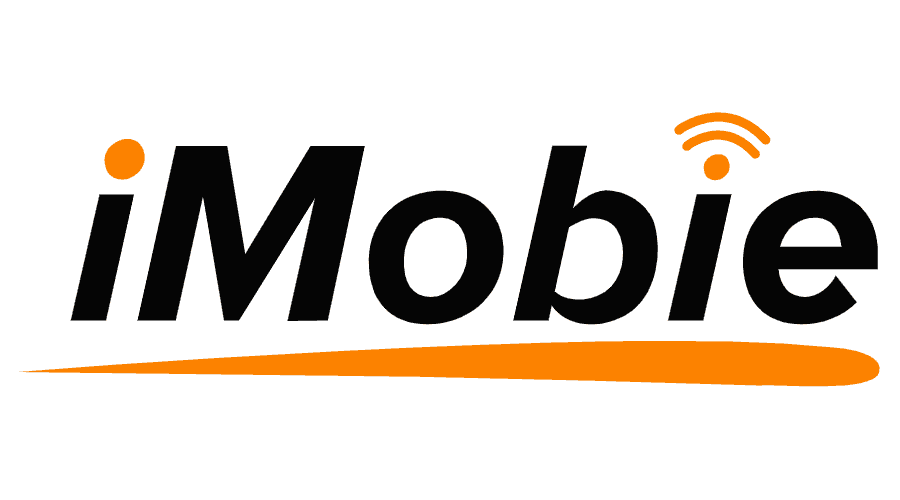Discounts: How E-trade Sites Use Pricing Strategies to Influence Buying Decisions

In the quick-paced international of e-commerce, pricing strategies play a pivotal function in shaping consumer behavior and driving income. From flash sales and restrained gives to tiered pricing and bundling, outlets rent a myriad of strategies to trap clients and maximize sales. However, beneath the floor lies a complex interplay of psychological ideas that affect how clients perceive and reply to pricing cues.
In this overview, we’ll discover the fascinating global pricing techniques and delve into how e-trade websites leverage these strategies to persuade shopping for choices.
Unveiling the Psychology Behind Discounts
Understanding the Power of Perceived Value
At the heart of pricing techniques lies the idea of perceived price – the subjective evaluation of a product’s worth relative to its fee. E-commerce websites regularly make use of reductions and promotions to enhance perceived fees, growing a feeling of urgency and incentivizing purchase selections. By framing reductions as restrained-time gives or special offers, stores faucet into clients’ worry of missing out (FOMO) and trigger impulsive shopping for conduct.
The Influence of Anchoring and Comparison
Anchoring refers to the tendency for individuals to rely closely on the primary piece of information they come across whilst making choices. E-trade websites strategically appoint anchoring by showing the original rate alongside discounted fees, creating a reference point that anchors consumers’ belief of value. Additionally, assessment pricing – showcasing the discounted charge alongside better-priced options – in addition, reinforces the perception of price and encourages purchase conversion.
Leveraging Behavioral Economics Principles
Pricing techniques also draw heavily from behavioral economics ideas, including loss aversion and scarcity. Limited-time reductions and flash income capitalize on customers’ worry of missing out on a good deal, prompting them to behave quickly to keep away from perceived losses. Furthermore, bundling complementary merchandise or offering tiered pricing alternatives leverages the principle of cognitive ease, simplifying choice-making and increasing the chance of purchase.
Exploring Effective Pricing Strategies in E-trade
Flash Sales and Limited-Time Offers
Flash sales and constrained-time offers are popular methods employed by way of e-trade sites to create a sense of urgency and instantaneous movement. By promoting time-touchy reductions on pick-out merchandise, shops capitalize on purchasers’ choices for immediate gratification and impulse purchases. Additionally, flash income generates buzz and exhilaration, using traffic to the website and boosting standard sales quantity.
Tiered Pricing and Volume Discounts
Tiered pricing and volume discounts are powerful strategies for encouraging larger purchases and growing average order prices. By imparting reductions primarily based on the amount or purchase extent, retailers incentivize customers to shop for extra objects or improve to top-class packages. This not only effectively boosts revenue but also enhances patron pleasure through rewarding loyalty and inspiring repeat purchases.
Bundling and Cross-Selling
Bundling complementary services or products is a powerful pricing strategy that encourages upselling and go-selling. By presenting bundled applications at a discounted price, outlets trap customers to purchase extra gadgets they’ll not have in any other case taken into consideration. This not handiest will increase income revenue but also complement the general buying revel in simplifying decision-making and supplying introduced prices to the consumer.
Dynamic Pricing and Personalization
Dynamic pricing and customized offers utilize information analytics and systems gaining knowledge of algorithms to adjust fees in actual-time based on elements which include demand, delivery, and patron behavior. E-commerce sites can tailor pricing techniques to male or woman clients, providing customized reductions and promotions that resonate with their possibilities and purchase history. This level of customization no longer only increases conversion prices but also fosters lengthy-time period client loyalty.
Loyalty Programs and Membership Discounts
Loyalty packages and club discounts are effective gear for building purchaser loyalty and inspiring repeat purchases. By imparting exclusive discounts, rewards, and perks to members, e-trade websites incentivize clients to remain unswerving of their logo. This now not only effectively increases patron retention but additionally affords treasured facts and insights into client conduct and possibilities, allowing retailers to refine their pricing strategies for optimum effect.
Conclusion
Pricing techniques are a cornerstone of e-commerce success, shaping customer conduct and driving income in a competitive panorama. By information on the mental standards at the back of discounts and promotions, e-trade websites can successfully impact shopping decisions and build long-term customer relationships. By employing an aggregate of strategic pricing approaches, stores can optimize profitability, beautify purchaser pride, and live ahead of the opposition in an ever-evolving digital market.
Frequently Asked Questions (FAQ’s)
Ans. E-commerce sites hire numerous metrics, which include conversion rate, common order value, and customer lifetime cost, to assess the effectiveness of their pricing strategies. Additionally, A/B checking out and facts analytics assist shops track customer conduct and optimize pricing tactics for optimum effect.
Ans. While pricing techniques may be surprisingly effective in driving sales, retailers ought to take into account ethical considerations, including transparency, equity, and consumer agreement. Deceptive or deceptive pricing methods can erode customer loyalty and harm emblem popularity ultimately.
Ans. Small corporations can leverage pricing techniques along with value-based pricing, competitive pricing, and psychological pricing to efficiently compete within the e-commerce landscape. By specializing in turning in price to customers and differentiating their offerings, small businesses can entice and preserve customers whilst keeping profitability.
Ans. Data analytics plays a critical position in optimizing pricing techniques for e-commerce by presenting precious insights into customer behavior, marketplace developments, and competitive dynamics. By leveraging statistics analytics gear and techniques, outlets can make informed pricing choices and adapt their techniques in real time to maximize profitability and consumer delight.









